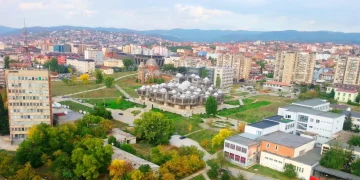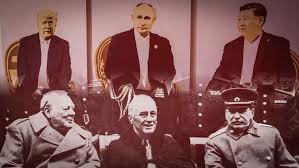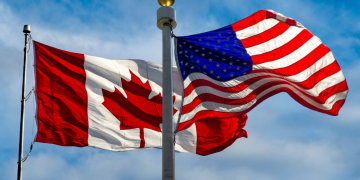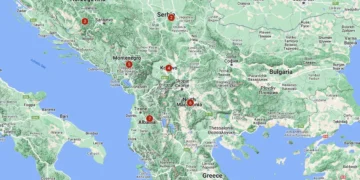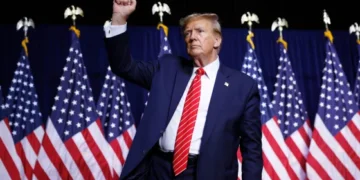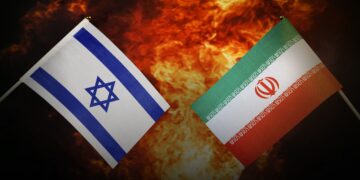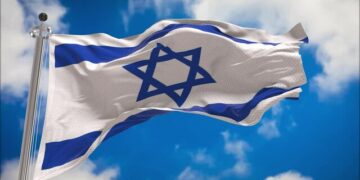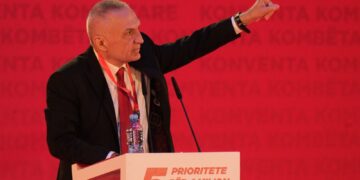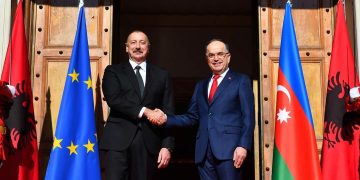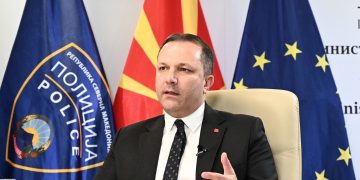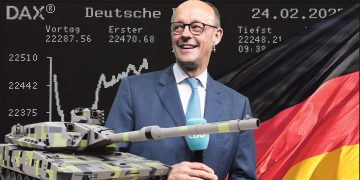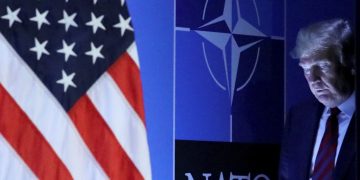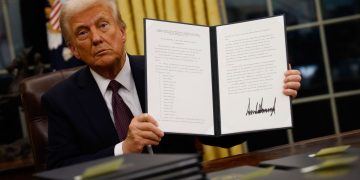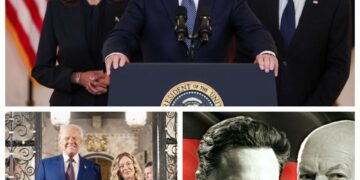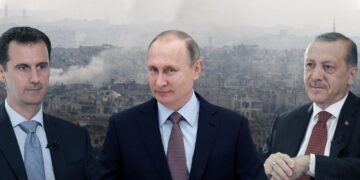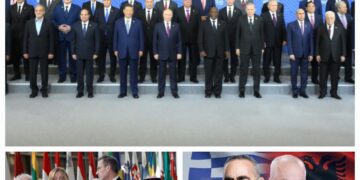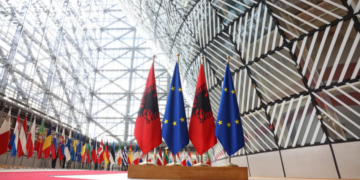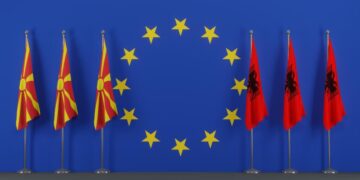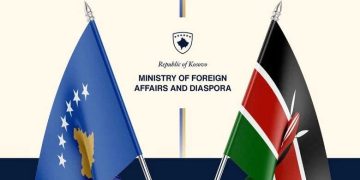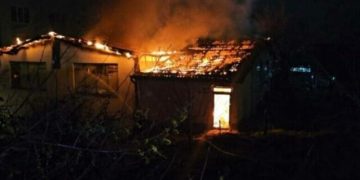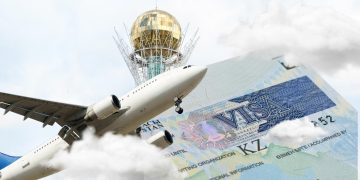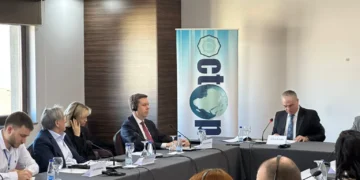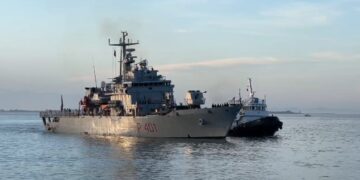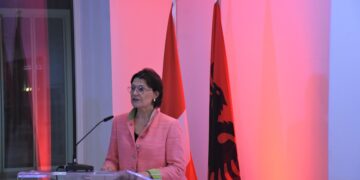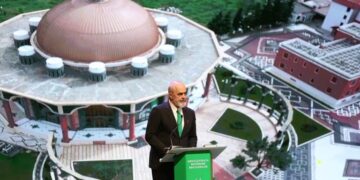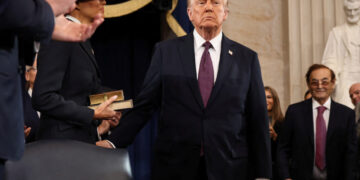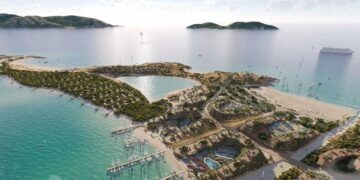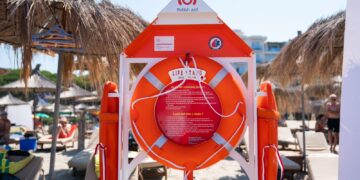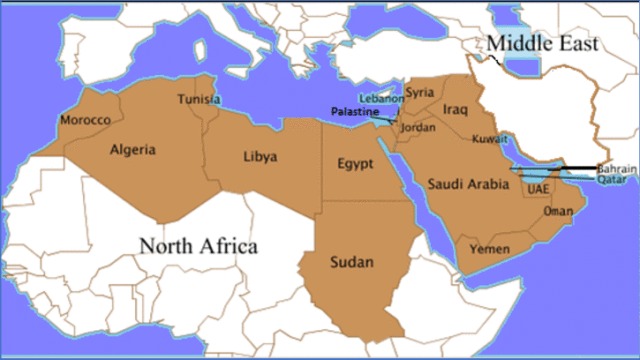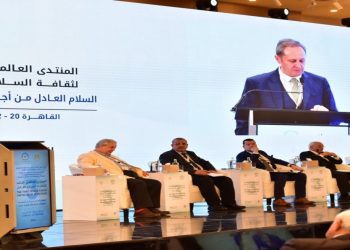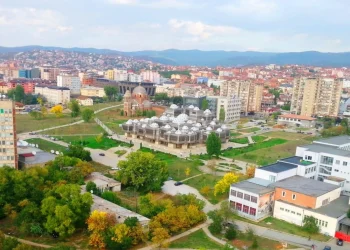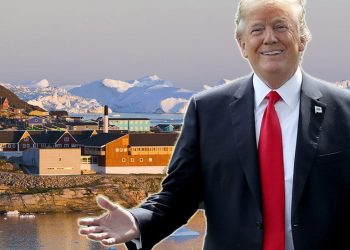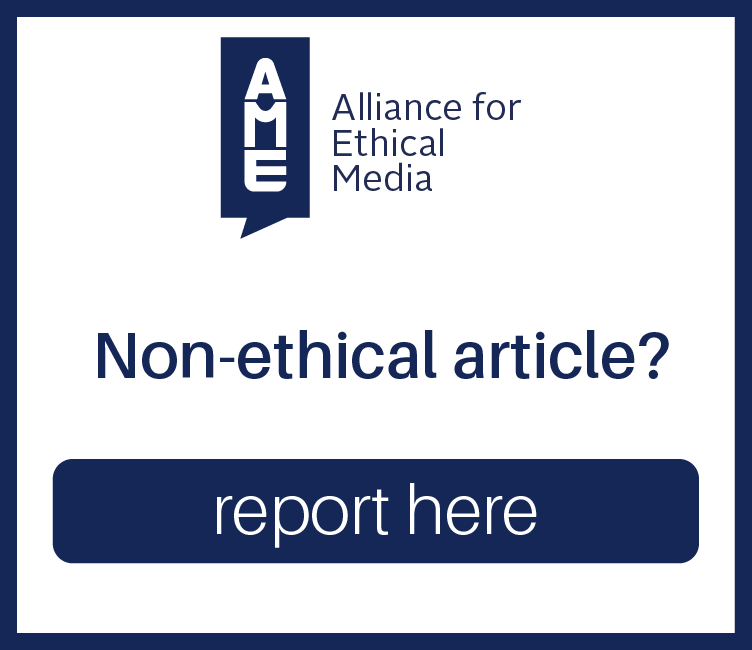By Corneliu Pivariu *
The current landscape of the Middle East and North Africa (MENA), after all the political, military and geopolitical evolutions the Arab world went through during the last two decades provides the image of a venue placed at the centre of a complex and conflictual geostrategic area targeted by an ample offensive of the outside interferences which intensity is comparable only to the colonial period of the process of crystallization of the Arab world’s nation states.
After the end of the Cold War and the provisional establishment of the monopolarism in the world order the Arab community’s concern for the issue of its collective security devolved into a regressive path and the said concept of collective security was replaced by a sustained orientation of the Arab states towards national isolationism, towards the devaluation of the old unionist vision of the “joint Arab action”. Consequently, such an option exhibited progressively led to the dilution of the security potential of each Arab state with direct negative impact on the idea of establishing and bolstering the collective security.
One may assess that, as never before, the Arab community of the Middle East, its state and socio-political entities are in a situation of being targeted by an outstanding amount of outside challenges and threats manifested simultaneously and in a competitive manner from numerous directions of the regional and extra-regional political geography. And that either directly or by proxies or by conjectural alliances with regional state and non-state players as it can be easily traced today when looking at the political map of the area.
Iran, Turkey, the Russian Federation, the United States, Great Britain and France are acting militarily and politically in Syria; Iraq hosts Iranian, American and Turkish presence while Libya is targeted by Russian, Turkish, French and Italian interests and Iran and Saudi Arabia are waging a brutal war by proxies in Yemen; France gets ready for a comeback to Lebanon on humanitarian and solidarity reasons and so on and so on.
On this background, mention should be made on Syria which has a particular geopolitical importance in the Middle East and where a regime – the Assad one, believed to vanish soon after the so-called Arab Spring broke out in 2011 celebrated, on November 13, 50 years since the family rules the country. Bashar al-Assad who took over completely unprepared Syria’s leadership 20 years ago witnessed during the last 10 years the civil war that ravaged the country. Keeping the Assad’s regime in power when the loyalist army was almost annihilated was possible as a result of Russia’s and Iran’s (with the Lebanese Hezbollah, its loyal ally) military and of other nature interventions. The final price the Assad regime will pay for that backing is almost visible yet the evolutions in Syria will depend also on other regional or geopolitical players, even if the Kremlin appears now as being the main winner.
A fierce and substantial arms race is unfolding since many years in the Arab region with its Mashreq and Maghreb, whereby states such as Saudi Arabia (first place with 3.84 bill $), Egypt (the fifth place with 1.48 bill $), Algeria (the sixth place with 1.32 bill $), the United Arab Emirates (the eighth place with 1.1 bill $), Qatar (the ninth place with 816 mil $) are all among the frontrunners of the military equipment purchasers. So, five of the first ten arms importers globally are from MENA (2018 figures). That is not an exclusive consequence of some of the Arab states’ involvement in the various regional conflicts which torch the Middle East but express the states’ acute feeling of insecurity when the tensions among the regional states intensify and the number of non-state actors strongly armed and used as proxies in the wars and conflicts increases.
This situation is more or less compensated by the dependence on the military presence (air, land and naval bases etc) of the great regional and global powers which balance to different degrees the Arab defense and security shortcomings and represent, at the same time, a factor of restricting the “protected” states’ national sovereignty and of impeding the autonomy of the military institutions of the respective regional states.
The numerous regional conflicting fractures and fault lines will represent in the future too not only tension sources but also an competitive attraction point for the great players and the emerging powers on the regional and global chessboard.
Temporizing the processes of solving chronic conflicts such as the Palestinian problem, in spite of the recent American successes concerning the normalization of the relations with Israel by the United Arab Emirates, Bahrein and the Sudan will contribute to that, too.
As far as the Palestinian cause is concerned, a cause that was used more in time by many Arab countries for attaining their own strategic goals, I note the recent criticism addressed to the Palestinian leaders by the Saudi prince Bandar bin Sultan bin Abdulaziz who said: „The Palestinian cause is a just cause but its advocates are failures, and the Israeli cause is unjust but its advocates have proven to be successful. There is something that successive Palestinian leadership historically share in common: they always bet on the losing side, and that comes at a price”. Is it really about the exhaustion of those fighting for the Palestinian cause? Or it is heralding something bigger.
The change of the US administration could bring some moderation and a relative cooperation climate and rationalism in the competition among the great powers for regional control and influence with positive effect as regards the coming back to the fore of the “Nuclear Treaty“ (JCPOA) with Iran and the advancement toward peace in Syria, Iraq, Libya and Yemen.
The future of the security situation and the rush for energy resources in the Eastern Mediterranean remain in limbo.
China’s political, diplomatic, economic and strategic offensive in the MENA area will continue with possible great strategic surprises.
One may assess for the time being that the regional powers – Turkey, Israel, Saudi Arabia, Iran – have antagonistic or conflicted relations including with other geopolitical powerful players and that further complicates the situation in the region. Russia, Turkey, Iran seem to be the stage winners and, on a long run, Israel as always.
Let us monitor the developments in Lebanon, the revelator of the situation in the Middle East; when the country will evolve positively and in an irreversible way, the stability in the Middle East will be achieved. However, major changes will take place in the MENA region during the next 30 years, be it only due to the global economic, scientific and social developments.
The text was presented at the International Conference Post –Pandemic: A new Order or a new Chaos? The Middle East and North Africa Perspectives. – Webinar, Bucharest – ROMANIA 19 November 2020, organized by MEPEI and EURISC Foundation./IFIMES
*Member of IFIMES Advisory Board and
Founder and the former CEO of the INGEPO Consulting


